1. Reef Cleaning Wrasse
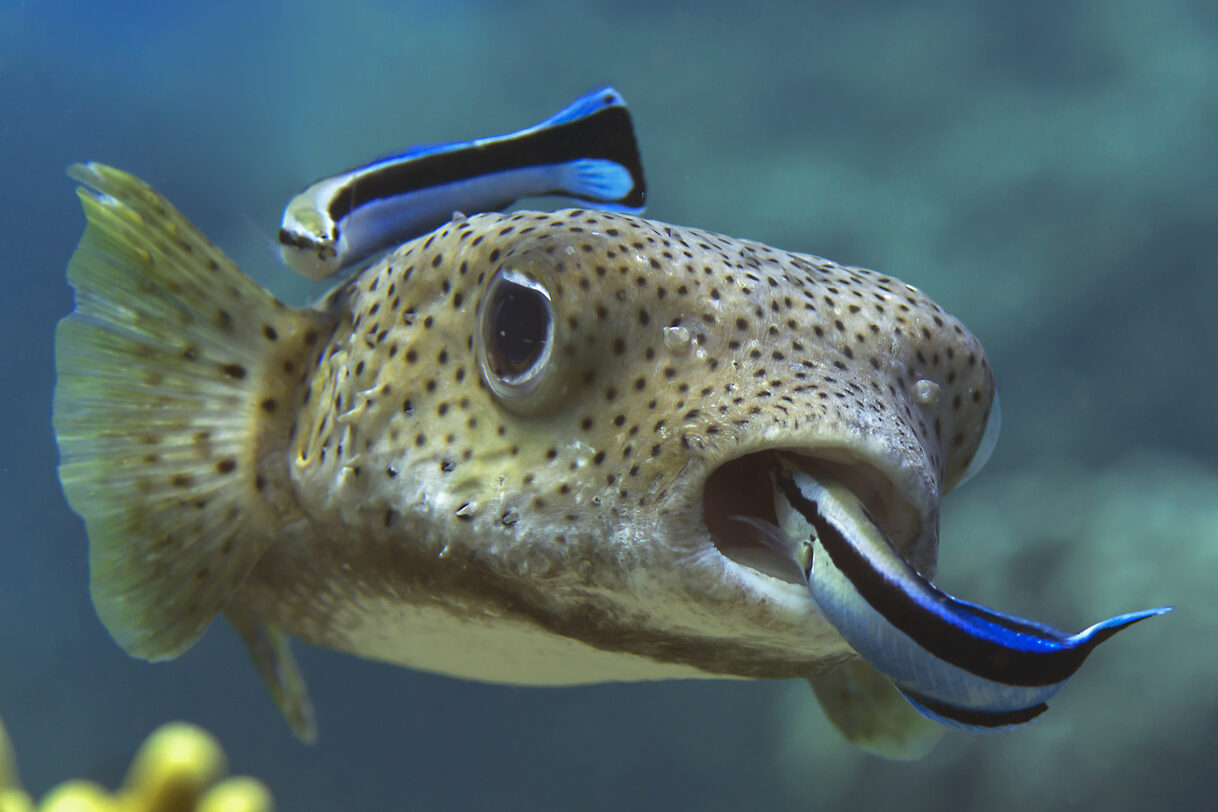
Some creatures quietly shape the world around them without anyone noticing, and the reef cleaning wrasse is one of those heroes. This small fish swims among much larger species, picking off parasites that could otherwise make them sick. Its work keeps the reef ecosystem healthy while feeding itself, showing that even the smallest actions can have a big impact. Fish gather around and seem to understand the safety it provides. By keeping other species free from disease, the wrasse ensures life continues in harmony under the waves, and its quiet dedication supports countless lives every single day.
2. Giraffes Watching Over Others

On the vast African plains giraffes tower above the landscape, quietly scanning for danger. Their height gives them a unique perspective and smaller animals often follow when the giraffe senses a predator. It is as if the savannah is connected in a subtle dance of survival. Giraffes provide an early warning system that helps others avoid being hunted. They do not seek attention or praise, yet their presence alone offers reassurance. By standing tall and remaining vigilant, giraffes play a role in keeping many creatures safe, demonstrating that awareness and quiet observation can be life saving.
3. Pangolins Cleaning Termites
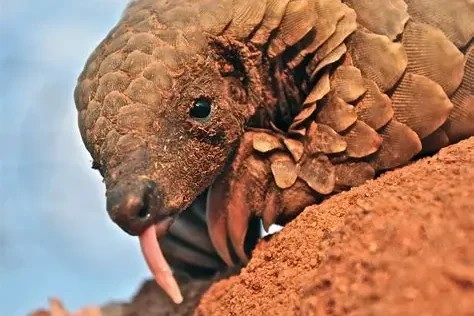
Pangolins spend their days consuming ants and termites, keeping insect populations in balance and preventing overpopulation that could damage their habitats. Their digging and foraging not only feed them but also aerate the soil, helping plants grow better and supporting forest health. This activity indirectly benefits many species that rely on strong vegetation and healthy soil to survive. Forest ecosystems are complex, but pangolins play a crucial role in maintaining them without anyone realizing it. By simply going about their lives, they support countless other creatures and ensure that life on the forest floor remains abundant and resilient.
4. Black-Tailed Prairie Dogs
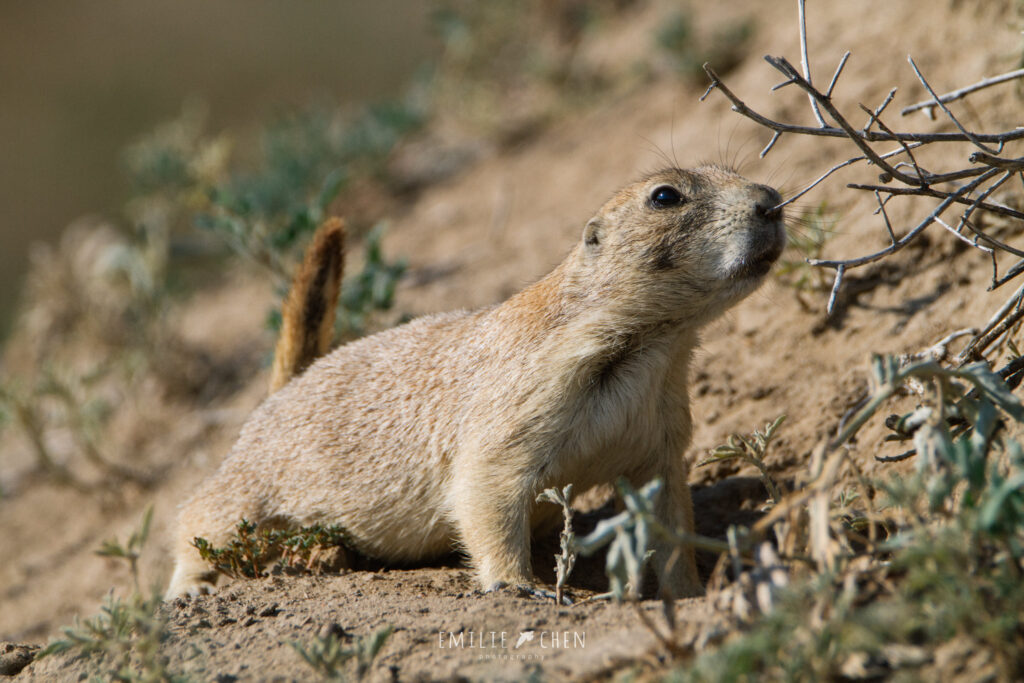
Black-tailed prairie dogs create underground networks of tunnels that transform the landscape and provide shelter for other species. Their colonies attract birds, reptiles, and small mammals who use the burrows for nesting and protection. Prairie dogs also graze in ways that encourage plant growth, maintaining biodiversity across the grasslands. Their presence is like a quiet reminder that even small animals can have a large effect on their environment. These little engineers work without fanfare, yet their activity supports hundreds of other species. The prairie dog is a perfect example of how one species can sustain an entire community.
5. Honeyguide Birds
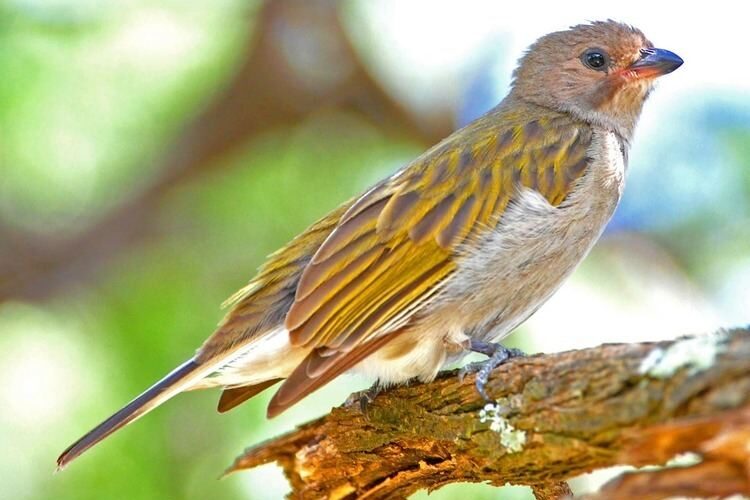
In some regions honeyguide birds lead humans to beehives so they can eat leftover wax and larvae. This clever partnership benefits both humans and the ecosystem because it promotes responsible honey harvesting while leaving behind resources for other animals. The honeyguide’s actions show that cooperation can happen across species, and their subtle guidance ensures that bees, humans, and other creatures all gain something. These birds quietly guide others through the forest, connecting lives and keeping habitats balanced. Their small actions create ripple effects that are felt throughout the ecosystem, proving that even seemingly tiny animals can make a lasting impact.
6. Grizzly Bears Stirring the Ground
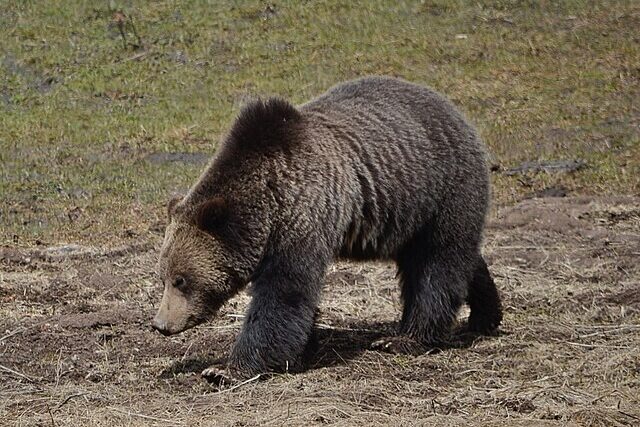
Grizzly bears are often seen foraging for roots, bulbs, and small animals, but their digging does more than satisfy hunger. By turning the soil and disturbing plant life, they enhance nutrient cycling and increase biodiversity in the areas where they roam. Their presence encourages plant growth that benefits herbivores, insects, and countless other species. Grizzlies are like gardeners of the wild, unknowingly improving conditions for a variety of creatures. Each dig and forage contributes to a healthier ecosystem. Through this quiet work, grizzly bears support life around them, showing how actions that seem self-focused can still nurture the wider environment.
7. Clownfish and Anemones
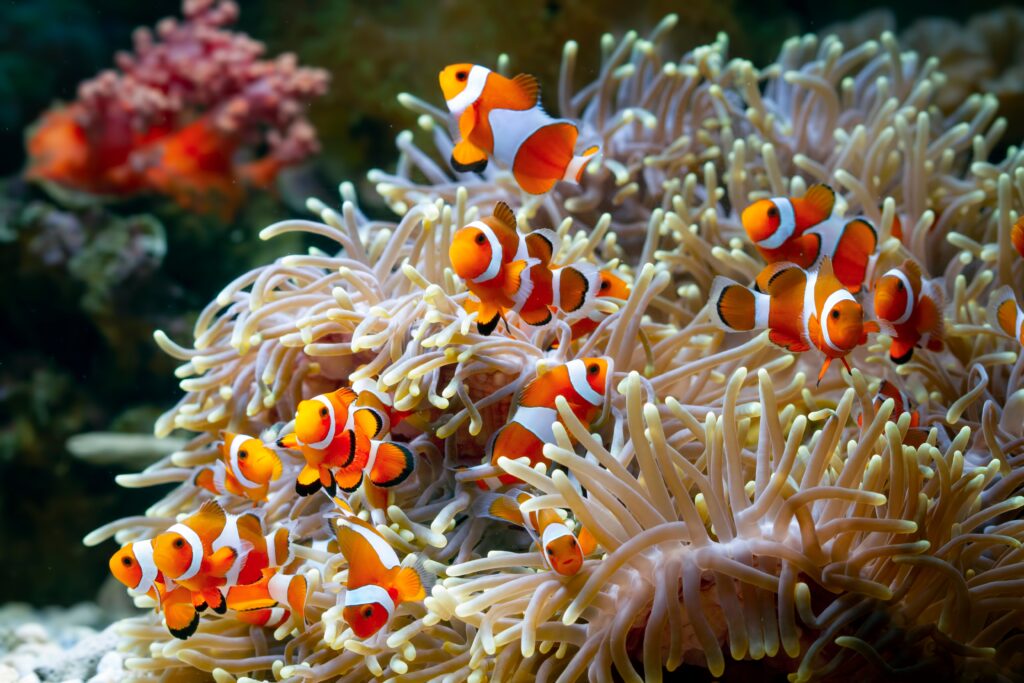
Clownfish live among sea anemones, providing protection from parasites and keeping the anemones healthy while finding safety from predators. Their partnership is a gentle dance of mutual support where both species benefit in ways that help the surrounding reef community thrive. This cooperation promotes biodiversity because healthy anemones provide shelter for other reef creatures. Clownfish quietly continue their roles, unnoticed by many, yet their presence keeps a delicate ecosystem in balance. By taking care of each other, these species indirectly support countless others who rely on the reef. Their simple daily routines create a ripple effect that sustains life.
8. Bees Pollinating Flowers

Bees are often seen buzzing from flower to flower, but their work goes far beyond collecting nectar. By pollinating plants they ensure flowers reproduce and ecosystems continue to provide food and shelter for countless species. Birds, mammals, and insects all rely on the abundance of flowering plants, and without bees these networks would falter. Their diligent work is quiet yet essential, showing how interconnected life really is. Bees do not seek praise, but their presence is a lifeline for many other species. By simply doing what comes naturally, they help maintain the balance of nature and the survival of others.
9. Nurse Plants in Alpine Zones
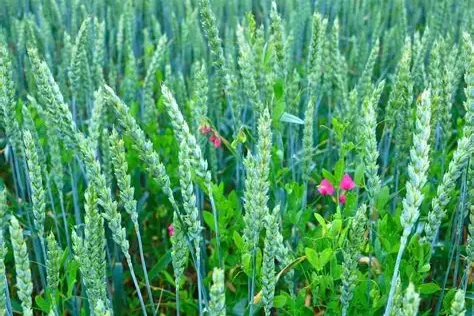
Some plants act as nurse plants, sheltering seeds and seedlings under their canopy so other species can survive harsh environments. They create microhabitats where young plants have a better chance of taking root, and this support allows entire plant communities to flourish. Animals that depend on these plants for food or shelter also benefit indirectly. These quiet guardians work without recognition, providing a critical service that shapes the ecosystem. Nurse plants show that support can be subtle yet vital. By offering protection and resources to others, they strengthen the foundation for biodiversity in fragile environments.
10. Parrotfish Reef Care

Parrotfish graze on algae that could otherwise overwhelm coral reefs, keeping these delicate ecosystems alive. Their feeding helps maintain coral health, and by grinding coral to create sand, they even shape beaches. The reef community depends on this activity, from tiny invertebrates to larger fish, as it ensures resources remain available and habitats remain viable. Parrotfish continue this work quietly, unaware of the larger effect they have on life around them. Their simple act of eating algae has far-reaching consequences, helping countless species survive. They are essential reef caretakers who maintain balance in a complex ecosystem.
11. Oxpeckers Removing Parasites
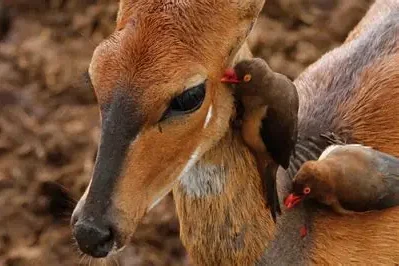
Oxpeckers perch on large mammals like rhinos and buffalo, eating ticks and other parasites that could harm their hosts. Their work reduces disease and helps animals stay healthy, and in some cases, they even alert their hosts to approaching predators. By keeping these mammals in good condition, oxpeckers indirectly support other species that rely on healthy herbivores and a balanced savannah ecosystem. These birds quietly perform a crucial service without drawing attention. Their daily efforts show how cooperation between species ensures survival and health for a range of animals in the wild, highlighting the interconnectedness of nature.
12. Hummingbirds Supporting Plants
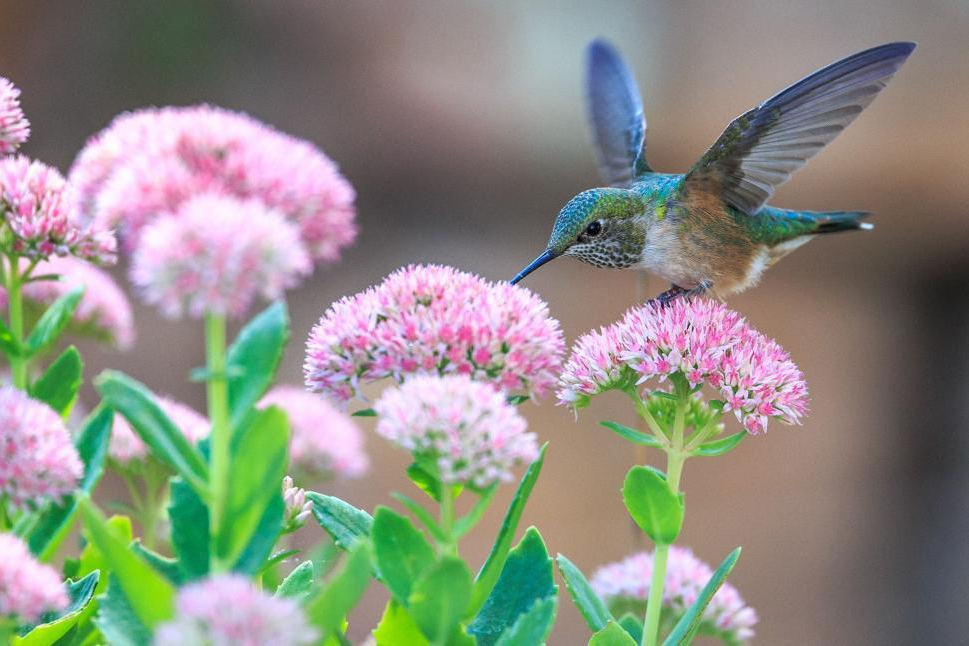
In Patagonia, green-backed hummingbirds pollinate a variety of plants that other creatures depend on for food and shelter. Their rapid flights between flowers allow plants to reproduce and maintain the ecosystems they support. Without these hummingbirds, some plant species could decline, affecting insects, birds, and mammals that rely on them. By doing what comes naturally, hummingbirds quietly sustain life for many others. This demonstrates that even the smallest creatures can have a major impact. These birds remind us that survival often depends on unseen helpers. Nature works best when every participant plays their part. Consider exploring how local wildlife might be quietly shaping your environment.
This story 12 Species That Quietly Saved Other Species was first published on Daily FETCH


